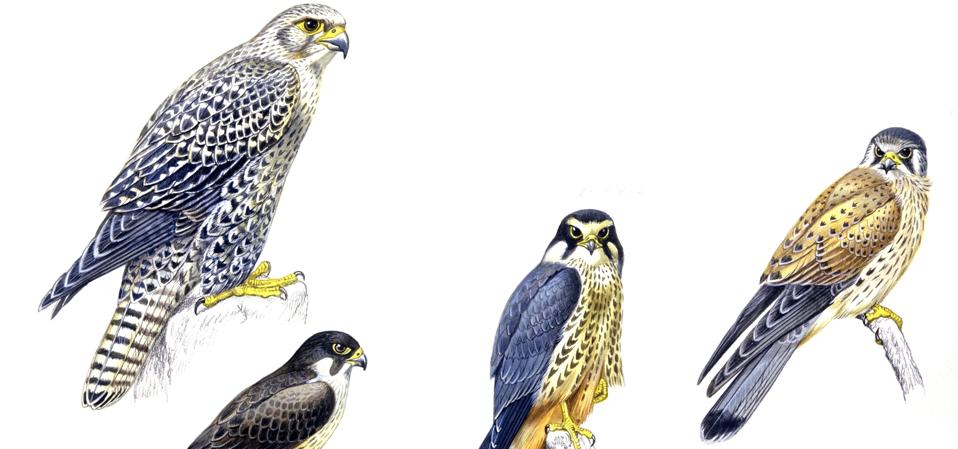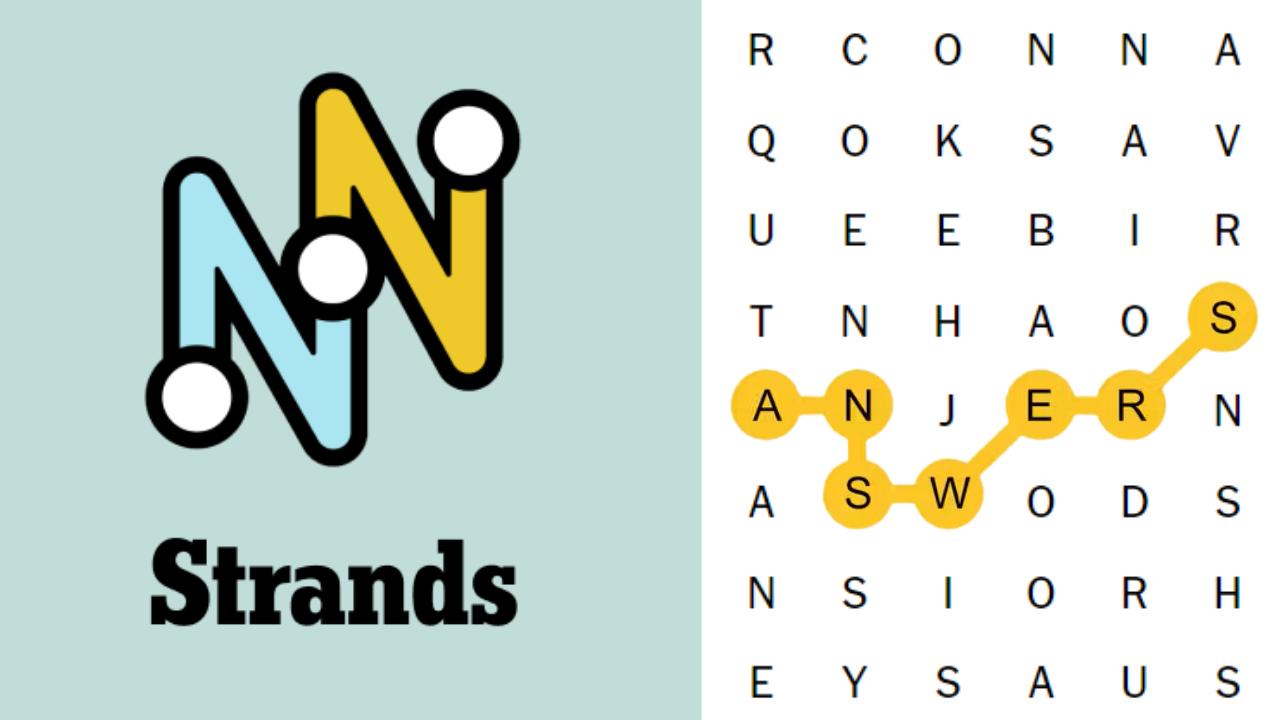More than 35 species of falcons roam the Earth’s skies at present. But there used to be at least … More
Falcons are a thrilling species of bird. The peregrine falcon, for instance, owns the title of the world’s fastest bird, reaching speeds of up to 240 miles per hour while diving for prey. Another illustrious falcon is the gyrfalcon. It is the biggest of all falcon species and is sometimes found in a majestic, all-white coloration.
Other impressive falcons include Eleonora’s falcon, the Mauritius kestrel, and the Eurasian hobby.
Three falcon species that you won’t find anywhere in the world are the Cuban kestrel, the Réunion kestrel and the Guadalupe caracara. Here’s their story, from genesis to extinction.
Cuban Kestrel
The Australian brown falcon, pictured here, may hint at the Cuban kestrel’s ecology, both had long … More
The Cuban kestrel (Falco kurochkini) is the most recently described extinct falcon species, known only from fossil remains discovered in western Cuba. It likely vanished shortly after European colonization began in the 1500s. Unlike other kestrels, which are known for hovering while hunting, the Cuban kestrel had unusually short wings and long legs – traits suggesting it was more terrestrial than aerial. It likely hunted on the forest floor, preying on insects, small reptiles and possibly amphibians.
This kestrel lived in an ecosystem that included now-extinct owls and a variety of forest birds. The arrival of Europeans introduced invasive predators like rats, cats and mongooses to the island, which likely decimated the ground-dwelling Cuban kestrel. Habitat destruction from agriculture and logging may have also played a role.
Researchers believe the Cuban kestrel was flighted but adapted for short bursts of movement rather than sustained flight. It’s a rare example of a falcon that may have been heading toward a more terrestrial lifestyle.
Réunion Kestrel
The Mauritius kestrel, pictured here, is a close island relative of the extinct Réunion kestrel. … More
The Réunion kestrel (Falco duboisi) used to roam Réunion Island in the Indian Ocean, part of the Mascarene Islands. It is known from only a single historical reference – an account from 167os that described it as a threat to domestic fowl and game. It was persecuted soon after and no further sightings were recorded. The exact date of extinction remains unknown. Subfossil remains discovered in 1974 later confirmed it as a distinct species of kestrel, separate from others in the region.
Unlike the forest-dwelling Mauritius kestrel (a closely related species endemic to the nearby Mascarene Island of Mauritius), which has short, rounded wings suited to maneuvering through dense vegetation, the Réunion kestrel likely resembled Eurasian kestrels in both form and function – adapted for life in more open habitats. It was believed to hunt insects and small vertebrates. As with the Cuban kestrel and many other island birds, its extinction likely resulted from a mix of hunting, habitat loss, and the introduction of invasive predators, such as rats and cats.
Its extinction probably occurred around the late 17th or early 18th century.
Guadalupe Caracara
The crested caracara, shown here, is a close relative of the extinct Guadalupe caracara.
The Guadalupe caracara (Caracara lutosa), also known as the “Quelele,” is the best-documented of the extinct falcons and the only one in this group not classified within the Falco genus (though it is in the Falconidae family). It was endemic to Mexico’s Guadalupe Island, a remote Pacific island west of Baja California. This striking bird, a relative of the crested caracara, was a scavenger and opportunistic hunter, feeding on seabird eggs, carrion, and small animals.
Sadly, it became the target of deliberate extermination efforts by 19th-century settlers and goat herders who falsely believed the bird was a threat to livestock. The introduction of goats severely damaged the island’s vegetation, compounding the caracara’s challenges. Combined with persecution, habitat degradation, and a limited range, the species rapidly declined. The last confirmed sighting was in 1903, when naturalist Rollo Beck shot the final known specimen during a collecting expedition.
Its extinction stands as a tragic example of human-driven loss in the ornithological world. Unlike the other extinct falcons, we have photographs, skins and full skeletal remains of the Guadalupe caracara.
Why Did These Three Falcons Perish While Other Falcon Species Thrived?
One thing that each of these birds had in common was their habitat: each was native to an island. History has shown that birds that inhabit islands, especially isolated islands, are particularly susceptible to extinction. The dodo, Stephen’s island wren, Lord Howe pigeon and Rodrigues solitaire are a few such examples. The reason for this is multifold. For one, a limited range means that extinction can happen quicker. Second, on some islands, there’s simply a lack of good places to hide from threats and predation. Finally, island ecosystems can be particularly fragile, with the introduction of even one invasive species tipping the balance forever.
Are you an animal lover who owns a pet, perhaps even a pet bird? Take the science-backed Pet Personality Test to know how well you know your little friend.









